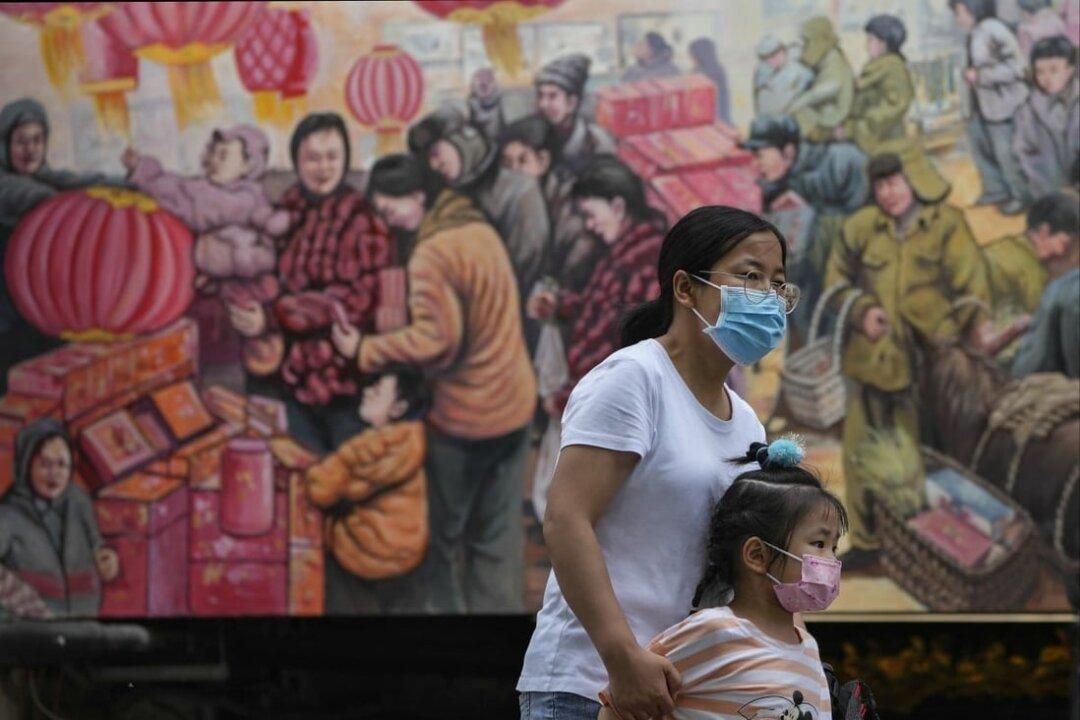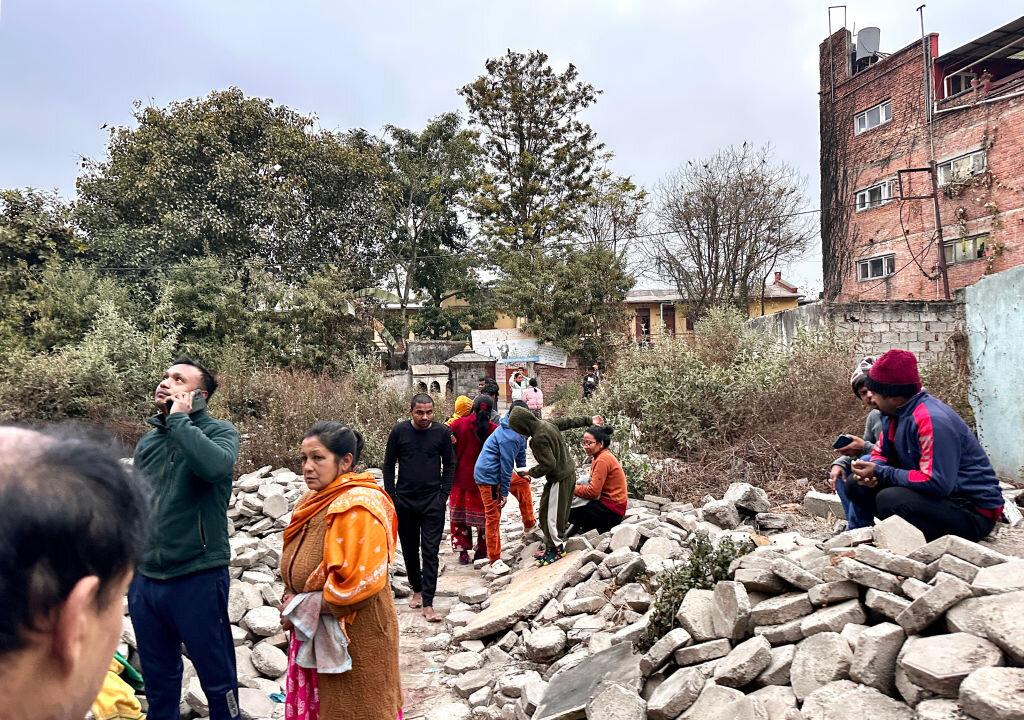The number of COVID-19 variant cases has reportedly been on the rise in China, alongside an increase in the number of other viral infections, leading to the overcrowding of hospitals.
Chinese social media has been peppered with references about being “second or third time positive” with COVID-19 as netizens tell of their experiences in catching the virus again, mostly attributed to the new variant EG.5 (Eris).




